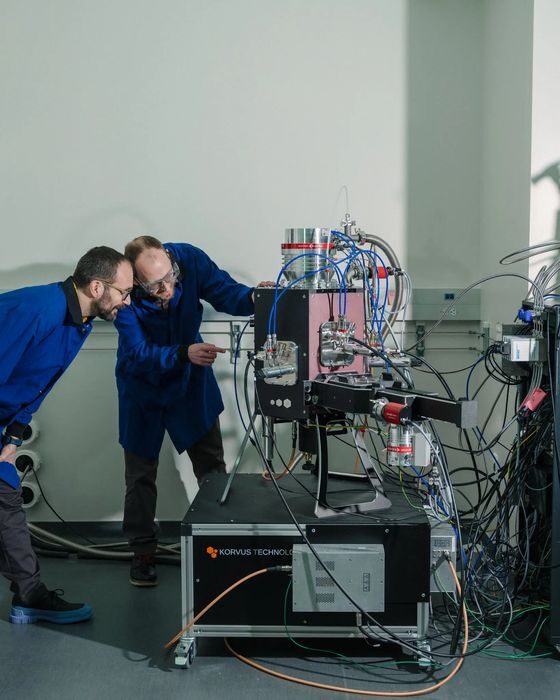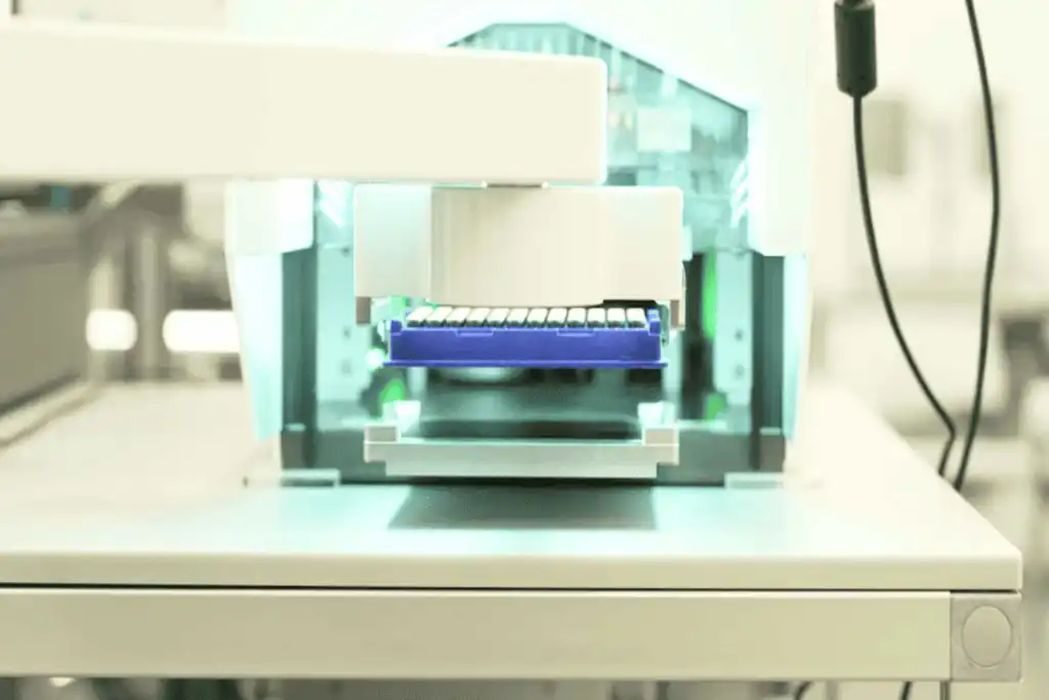
Charles R. Goulding and Preeti Sulibhavi uncover how Lila A.I.’s innovative AI Science Factories are transforming research in life sciences, materials science, and 3D printing.
The March 13th New York Times business section featured an article titled “A.I. May Hasten Leaps in Science” by Steve Lohr, highlighting a Cambridge, Massachusetts-based startup called Lila A.I. Founded under the umbrella of Flagship Pioneering, the renowned biotech incubator that helped launch Moderna. Lila A.I. is setting new standards in scientific innovation by integrating artificial intelligence with life sciences, materials research, and 3D printing.
The Origins of Lila A.I.
Lila A.I. emerged from the merger of two Flagship Pioneering companies—one specializing in biology and the other in materials science. This convergence is part of a broader shift toward interdisciplinary approaches that combine computing power with scientific research. By developing AI Science Factories (AISFs™), Lila A.I. aims to automate and accelerate experimentation, scaling research to unlock new scientific insights.
Flagship Pioneering CEO and Lila Co-Founder Noubar Afeyan noted that Lila’s goal is to “run the scientific method at the largest scale, speed, and intelligence.” This ambitious vision aims to transform traditional scientific inquiry by enhancing discovery speed and efficiency. With US$200 million in committed seed capital, including backing from major investment groups and institutions, Lila has ample resources to pursue this goal.
The Role of AI in Laboratory Optimization
AI’s impact is particularly evident in laboratory operations, where data analytics tools help labs streamline processes and improve efficiency. Companies like Thermo Fisher Scientific, known for its lab instrumentation and diagnostic tools, are integrating AI to enhance precision and reduce errors in research processes. By analyzing complex datasets, AI can help labs identify optimal process steps, ensuring resources are used efficiently.
With federal research grants facing increased scrutiny and funding reductions under past policies, research institutions must adopt innovative methods to manage overhead costs. For example, Johns Hopkins University and Columbia University have faced declining federal funding, spurring the need for operational improvements. AI-driven systems like those pioneered by Lila A.I. offer a powerful solution by automating routine tasks and improving data interpretation, enabling research institutions to do more with less.

Implications for Life Sciences and 3D Printing
In addition to advancing biological research, Lila A.I. is poised to revolutionize 3D printing in materials science and medical device production. By leveraging AI models to identify ideal material properties, researchers can improve the performance, durability, and precision of 3D printed implants, prosthetics, and biofabricated tissues.
For instance, AI can predict how different polymer combinations will perform in clinical environments, reducing costly trial-and-error testing. These predictive capabilities are especially critical for biotech startups and research institutions seeking to accelerate product development while ensuring safety and efficacy.
Collaborations with Leading Research Institutions
Lila A.I.’s Cambridge location places it in close proximity to influential research centers such as Harvard University and MIT. Harvard’s Wyss Institute for Biologically Inspired Engineering has been at the forefront of combining biology with materials science, developing biomimetic structures and regenerative medicine breakthroughs. Similarly, MIT’s robust engineering and AI research capabilities offer significant opportunities for collaborative projects that could further expand Lila A.I.’s influence.
By partnering with these institutions, Lila can rapidly integrate new scientific insights into its automated research platforms. Such collaborations will also enable Harvard and MIT researchers to access advanced AI tools, improving their ability to tackle complex problems in drug discovery, energy storage, and environmental science.
Ethical Considerations and Responsible AI Deployment
As Lila A.I. advances its scientific superintelligence platform, ethical considerations will become increasingly important. The potential for AI to design experiments, test hypotheses, and make discoveries at unprecedented speeds raises concerns about transparency, reproducibility, and oversight.
Flagship Pioneering has emphasized responsible AI deployment, ensuring that Lila’s systems operate within ethical boundaries while maintaining the integrity of scientific research. This commitment will be crucial as AI-driven experimentation expands in sectors such as pharmaceuticals, energy, and environmental sciences.
The Research & Development Tax Credit
The now permanent Research and Development (R&D) Tax Credit is available for companies developing new or improved products, processes and/or software.
3D printing can help boost a company’s R&D Tax Credits. Wages for technical employees creating, testing and revising 3D printed prototypes are typically eligible expenses toward the R&D Tax Credit. Similarly, when used as a method of improving a process, time spent integrating 3D printing hardware and software can also be an eligible R&D expense. Lastly, when used for modeling and preproduction, the costs of filaments consumed during the development process may also be recovered.
Whether it is used for creating and testing prototypes or for final production, 3D printing is a great indicator that R&D Credit-eligible activities are taking place. Companies implementing this technology at any point should consider taking advantage of R&D Tax Credits.
Conclusion
Lila A.I.’s pioneering approach to scientific superintelligence marks a significant shift in how researchers approach discovery. By combining AI, materials science, and life sciences, Lila A.I. is poised to deliver breakthroughs in biotechnology, 3D printing, and laboratory efficiency. As universities like Harvard, MIT, Columbia, and Johns Hopkins face funding challenges, AI platforms like Lila A.I. provide a vital opportunity to innovate, accelerate discovery, and optimize laboratory resources. In an increasingly complex scientific landscape, Lila A.I. may prove indispensable in unlocking new frontiers of knowledge.
